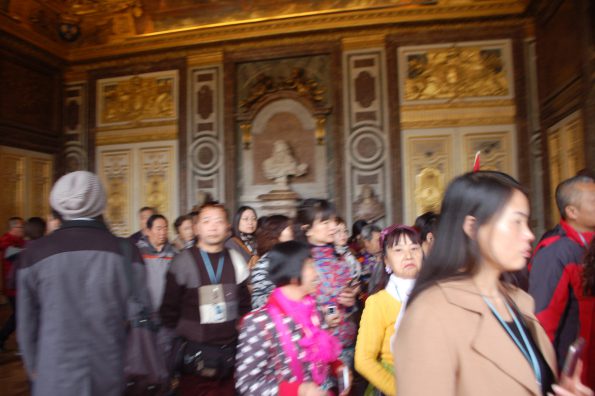By Iris Samuels
If you have ever seen a mob of paparazzi surround a celebrity, you know what it was like to live in Versailles during the 18th century. While cameras weren’t invented yet, the grand palace was a place where merchants and architects, locals and foreigners, could all catch a glimpse of royalty. Versailles was a pilgrimage of splendid voyeurism.
“It was not a locked fortress,” said Bertrand Rondot, head curator of the Museum of the Château de Versailles, describing the main palace of Versailles. “Anyone could visit.”
For this reason, Marie Antoinette needed a hideaway. Today, she is known for her exorbitant spending and opulent lifestyle, but even the most indulgent queens need the occasional moment of solitude.
Unlike the grand palace, the Petit Trianon was conceived as a place to “escape the court life,” Rondot explained.
Marie Antoinette moved into Petit Trianon as a new queen in 1774, when Louis XVI assumed the role of King. Originally, it was built in 1768 for the mistress of Louis XV. Tucked away on the northern side of the Versailles complex, it was distant enough from the main Château to provide seclusion and intimacy.
Today, the Petit Trianon fulfills much of the same role it did when Marie Antoinette was its main resident. Unlike the main Château, where one has to push and shove through hordes of eager tourists in order to catch a glimpse of the stately furniture and murals, the Petit Trianon provides a quiet place for visitors to explore French royalty.
From dining room to bedroom, from billiards room to the basement kitchen, Petit Trianon provides a place where patrons can stroll through ornate rooms under the watchful eye of Marie Antoinette’s bust, enjoy the company of close friends, and for just a few moments daydream about the lives of kings and queens.

